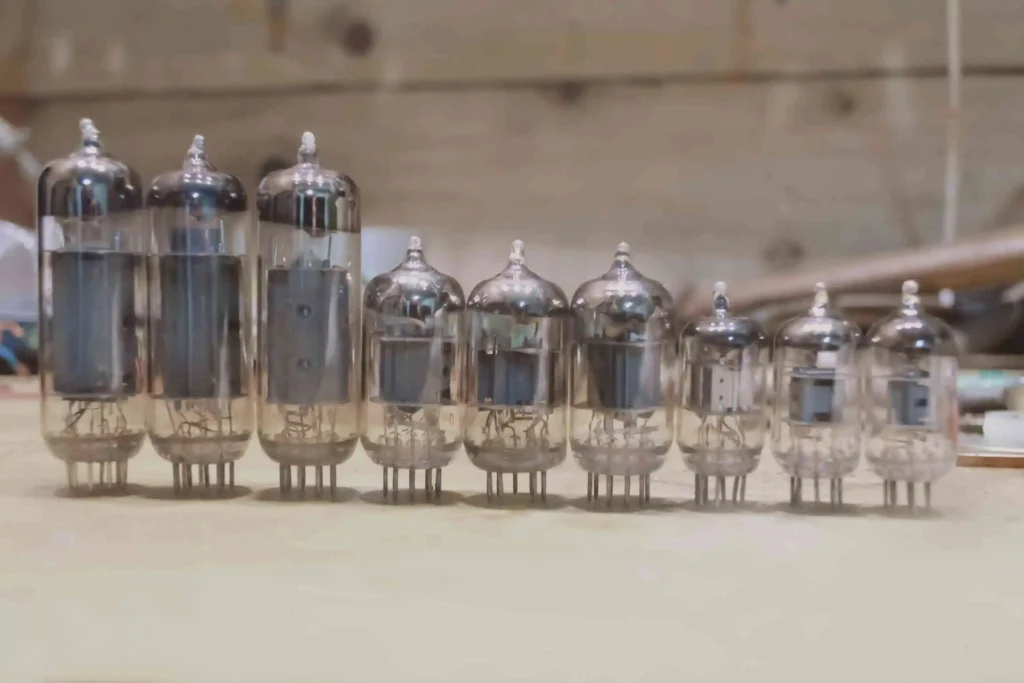
Have you ever been asked innocently offensive questions by a child, eyes wide with wonder, such as: “Were televisions around when you were a child?” Or “What’s a VCR?” They act as if you were invisible and completely in the dark, living under a rock during the 20th century! Well, maybe this is an opportunity to view this curiosity as teachable moments.
We have made great strides in telecommunications, entertainment, personal digital devices and with home and cooking appliances. Let’s have a look at what the advances made in each of those categories are.
Home Entertainment
The 1930’s are considered the golden years of radio. Families regularly rallied around clunky, static-y radios to listen to news reports, gossipy stories about people in the entertainment and political fields, musical specials, soap operas and the like – until the 1950’s when television sets became a part of everyday living.
At the time, television sets featured black and white images and were chunky pieces of furniture that sometimes housed a turntable and a bar; much like mini bars. During television’s early years, programming was only available for a few hours a day. Twenty-four-hour programming did not begin until the late 1980’s.
Today, television sets have evolved into high functioning, technical apparatuses with settings one can personalize and enjoy with friends and family in the privacy of our homes, while digital lighting flickers around the room and sound effects envelope you in the show via a sound bar to enhance your experience.
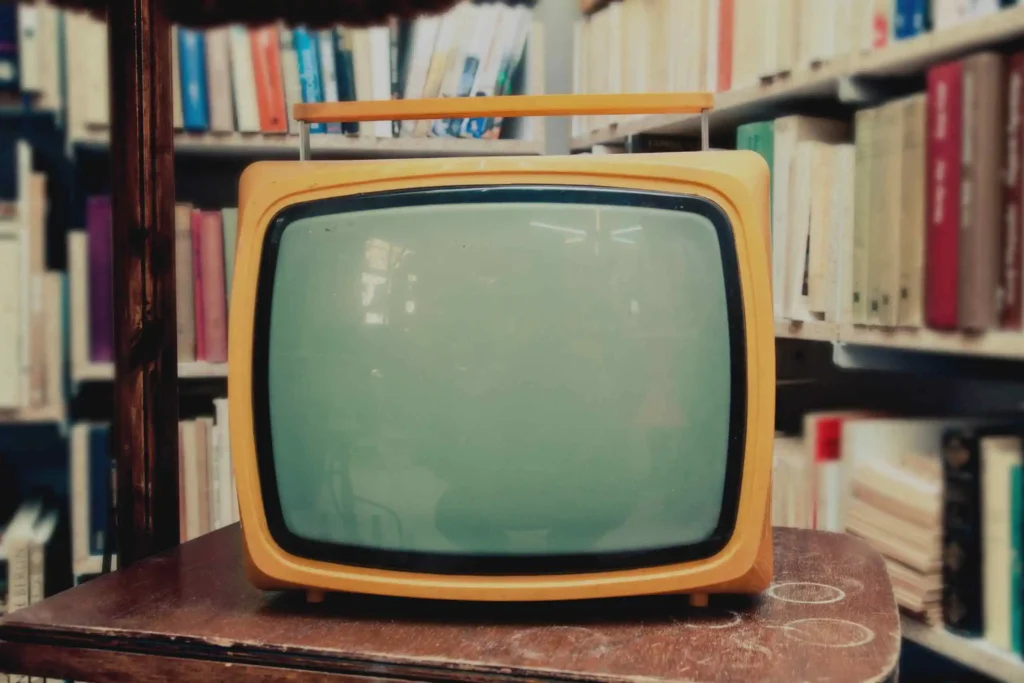
With the advent of the VCR (Video Cassette Recorder), the convenience of having the ability to record an event you were unable to catch live on television became a part of life. All you had to do was remember to set your recorder to record your program onto a physical tape deck that you would play later to watch the program you recorded at your leisure.
Home Appliances
Among home appliances, washing machines, vacuum cleaners, dishwashers, and refrigerators have made the most progress.
By 1940, the wringer washer was used in over half American households, and some had built-in spin dryers. However, most people still hung their clothes on clothes lines to dry. The manufacturer of this type of washing machine, Maytag, introduced the first stacked washer/dryer in 1953. They discontinued the wringer washer thirty years later in 1983.
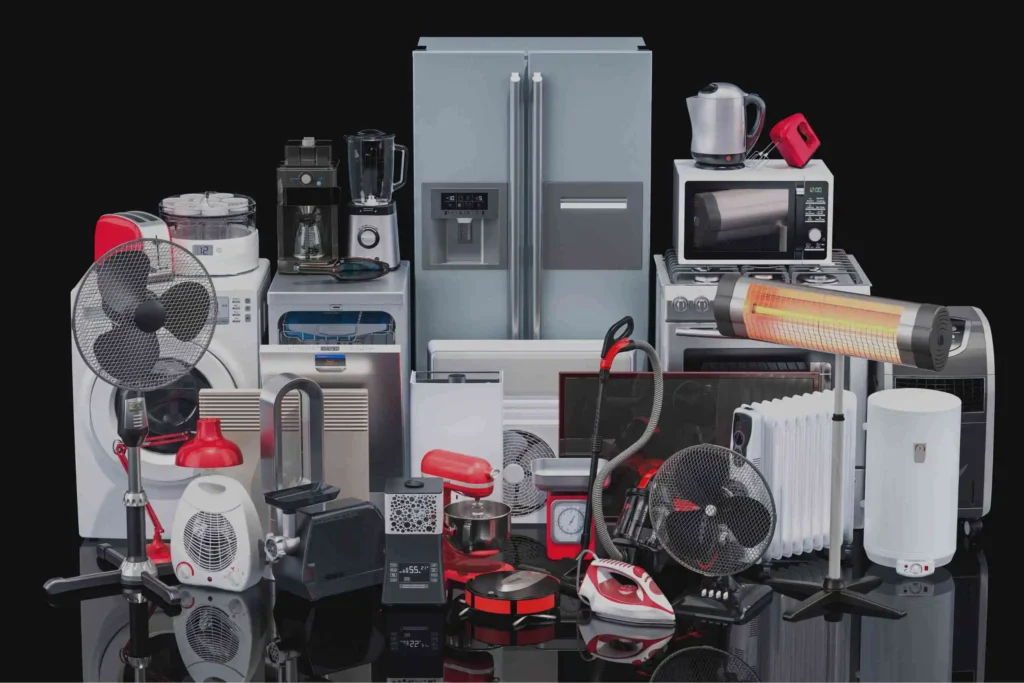
Today’s washer/dryers have a microprocessor making them digital!
Cooking Appliances
Modernization of home cooking appliances took hold in the 1950’s here in America. Automatic dishwashers, microwave ovens and electric mixers all became available to the average person during that time.
At the time, the words most often used to describe stoves and ovens were “ornate” and “bulky.” Today’s stoves are sleek, electric or gas and even digital gadgets that blend in well with the rest of your kitchen. Smaller versions that are just as efficient cooking appliances include microwave ovens, toaster ovens and grills to help prepare quick and easy meals.
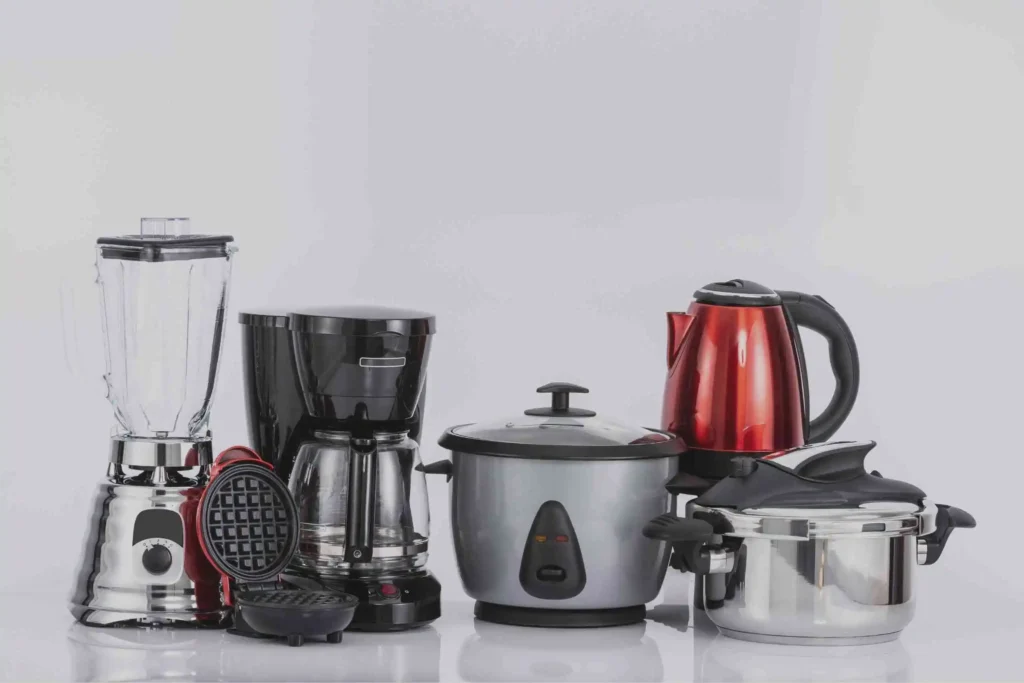
The latest and coolest version of technologically advanced cooking appliances is the air fryer.
Computers
There was a time when computers were not easily accessible. Computers at the time were big and bulky and required a cool room in which to live. They ran on code that was typed into a machine called a keypunch machine. The keypunch operator would type in code that would punch sequential holes into either forty-five or ninety column cards. The cards were then fed into large computers that would then translate that code to English.
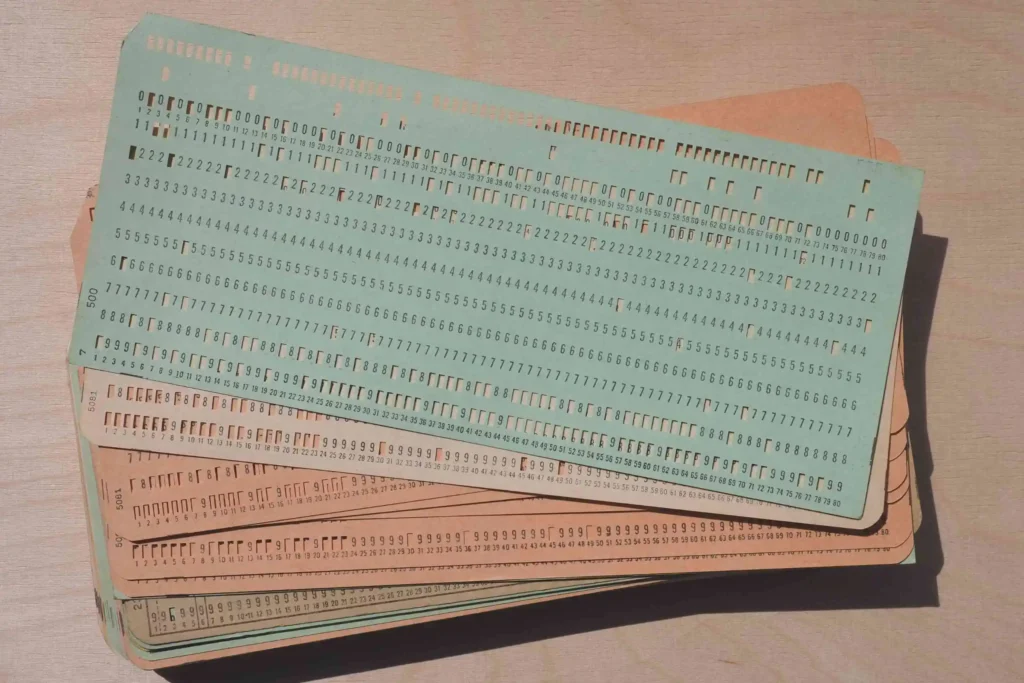
Until around the mid-50’s, computers were analog and initially only used in workplaces and were used to create statistical reports. With the advent of the internet, access to computers became easier at local places like libraries and “Internet Cafes” before they became readily available to the public.
Computers have revolutionized daily living in the last half of the 20th century including how we organize our day to make the best use of our time. From the oppressively bulky machines of yesteryear to the sleek laptops of today, heavy personal digital equipment is a thing of the past.

Question: Is there anyone out there who doesn’t know what an iPad is?
Personal Digital Devices
We’re going to go way back here to the hard-wired telephone with a ear/mouth piece that is attached to a coiled cord. Yep! We’ve come a long way, baby!
Telephones have been in use since 1890 and could only be found in one percent of the American population; 75 percent of the population had a telephone in their home by 1957. By 2002, the majority of the US population had a mobile phone.
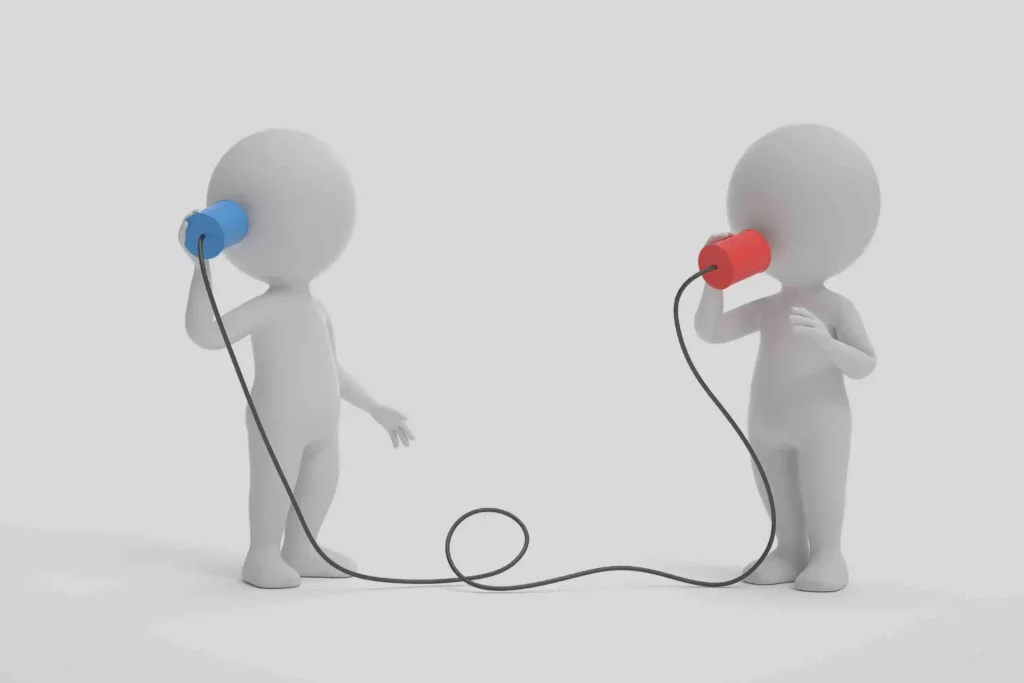
Let’s take it back a bit now.
- Telephones
There was a time when a private telephone line was not something everyone could afford, so the option of using a “party line” service became available where a local phone line could be shared. One would dial “0” and ask the operator to connect you with others.
Another funny thing about telephones during this era was party lines where multiple people could be on the same phone line at the same time and talk to each other. Today that is called a “conference call”.
Fact: Telephone operators would sit in front of a board that had colored cords peeking out from the bottom called a “switchboard.” To connect a call, the cords were plugged into holes in the board. It was like playing a game of “Connect Four.”
The first trans-atlantic or international call was held between Walter S. Gifford, President of AT&T and Sir Evelyn P. Murray, head of the British General Post Office in 1927. The first cellular network to be automated and commercially available launched in Japan in 1979, but it wasn’t until 1983 that this same service became available in the US.
- Pagers/Beepers
Invented in 1921, these devices were first used when the Detroit Police Department put radio equipped police cars into use.
Fact: In 1950, New York’s Jewish Hospital installed a paging system but it failed to catch on. However, the Federal Communications Commission (FCC) approved the use of beepers in 1958 and the device began being mass produced. At this time the beeper was mainly used by doctors and police.
The next evolution for this device was in the 1970’s when the invention of tone and voice pagers came about.
In the 1980’s, the use of pagers mushroomed.
- Cellphones
Did you know that the earliest versions of cellphones were called “car phones”? That was because they were too difficult to carry around due to their size.
That all changed in 1983 when the Motorola DynaTAC 8000x mobile phone became available. It was the first truly portable cellphone. At this point, due to how expensive it was to purchase, few regular people could afford to have one.
Today, we are far from the capabilities of that first Motorola mobile phone. Cellphones in the modern era are mini computers with video and photo capabilities and so much more!
As you can see, the multitude of advances made in modern technology during the twentieth century have affected all areas of our lives, including how we relate to one another, our living environment, how we organize our work, help our communities, and manage our time. We, as a society, have altered how computers become a part of daily life as we continue developing how we process information.
We are now indeed in the 21st century!
Unlock Full Article
Watch a quick video to get instant access.









